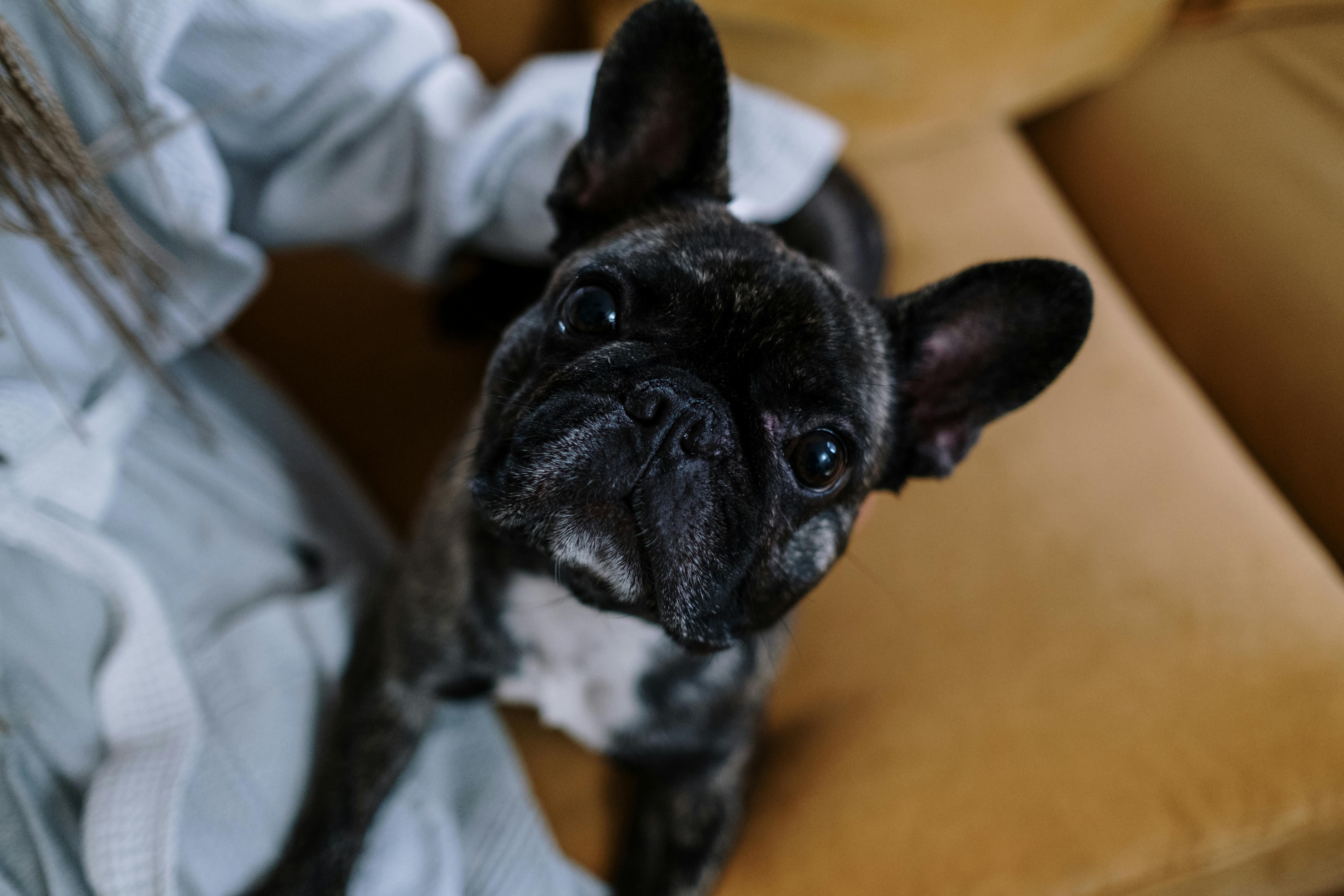Dogs can exhibit obsessive compulsive behaviors just like humans. Many pet owners witness strange, repetitive, destructive, or even harmful behaviors in their dogs and may have questions about treatment. Unfortunately, many owners choose to get rid of their dogs due to behavior problems. But, with a little love, care, and special training, you can try to treat your dog and remedy some of these behaviors rather than gifting them or putting them in a shelter.
Many dogs may have a genetic predisposition to exhibit certain behaviors. Many breeds can show insistence on chasing the tail. This is the most common compulsive behavior in dogs. Other dogs will obsessively lick a paw or other part of their body. This may seem harmless at first, but over time, they can lick the fur and wear down the skin, producing open sores and exposing them to infection. Many obsessive behaviors are destructive in nature and can hurt or injure the dog over time. Another compulsive behavior is snapping. Some dogs will continually fly in the air and wear down their jaws. Some are reported to attack at certain times. Many will attack your food plate or violently protect it. Some will jump to attack the doorknobs and break their teeth. Compulsive behaviors will continue if left untreated and can be life-threatening for the dog.
Compulsive behaviors in dogs almost always stem from a stressful situation. Compulsive behaviors are a response to anxiety, just as they are in humans. Sometimes the behaviors appear gradually, and sometimes there is a marked event, such as being hit by a car or being abused, that can trigger compulsive behaviors. The behaviors can continue for years after the event is forgotten as a way of coping with anxiety.
For example, if a dog is blind or goes blind, it may become very anxious for other pets or humans when it comes to eating. They may be thinking that something or someone will take their food and they won’t be able to see it coming. Anxiety can cause the dog to growl, bark, bite, or even attack to protect the food bowl. Many owners feel scared, threatened, and even in real danger when they witness this behavior. It is necessary to control the high anxiety of the dog to reverse this behavior.
Before turning to prescription medications, such as serotonin reuptake inhibitors, which have been shown to be very effective in treating such behaviors and anxieties in humans and dogs, try working with your dog to treat the underlying anxiety.
Dogs are very good at detecting human anxiety. You must remain very calm even when you know that the behavior is about to begin. If you notice the anxiety level arising, take charge and show the dog that you are the leader of the pack by laying him down, without hurting him of course, and use a firm voice. Calm the dog and praise him for being calm. Try this behavior modification only if it is safe to do so. Talk to a vet or trainer about specific behaviors that you are trying to correct. The general idea is to let the dog know that you are the boss and it is not acceptable to let his anxiety level rise to the point of doing the behavior.
Many dogs respond very well to behavior modification training. Depending on how often the behaviors are displayed, you may have to stay with your dog constantly at first, but it may not take long for these bad habits to be broken. If you are looking for dogs for sale and are concerned about compulsive behaviors, do not go to puppy mills where the dogs may have already been traumatized. Make sure you receive your dog from someone who has treated him well. Adoption and online sales can allow you to shop around for your new pet.
